 Operating a motorcycle takes different skills than driving a car; however, the laws of the road apply to every driver just the same. A combination of consistent education, regard for traffic laws and basic common sense can go a long way in helping reduce the amount of fatalities involved in motorcycle accidents on a yearly basis.
Operating a motorcycle takes different skills than driving a car; however, the laws of the road apply to every driver just the same. A combination of consistent education, regard for traffic laws and basic common sense can go a long way in helping reduce the amount of fatalities involved in motorcycle accidents on a yearly basis.
Here is a checklist that every motorcycle rider should follow:
Always wear a helmet with a face shield or protective eyewear — Wearing a helmet is the best way to protect against severe head injuries. A motorcycle rider not wearing a helmet is five times more likely to sustain a critical head injury.
Wear appropriate gear — Make sure to wear protective gear and clothing that will minimize the amount of injuries in case of an accident or a skid. Wearing leather clothing, boots with nonskid soles, and gloves can protect your body from severe injuries. Consider attaching reflective tape to your clothing to make it easier for other drivers to see you.
Follow traffic rules — Obey the speed limit; the faster you go the longer it will take you to stop. Be aware of local traffic laws and rules of the road.
Ride defensively — Don’t assume that a driver can see you, as nearly two-thirds of all motorcycle accidents are caused by a driver violating a rider’s right of way. You should always ride with your headlights on; stay out of a driver’s blind spot; signal well in advance of any change in direction; and watch for turning vehicles.
Keep your riding skills honed through education — Complete a formal riding education program, get licensed and take riding courses from time to time to develop riding techniques and to sharpen your street-riding strategies.
Be awake and ride sober — Don’t drink and ride, you could cause harm to yourself and others. Additionally, fatigue and drowsiness can impair your ability to react, so make sure that you are well rested when you hit the road.
Preparing to Ride
Making sure that your motorcycle is fit for the road is just as important as practicing safe riding. Should something be wrong with your motorcycle, it will be in your best interest to find out prior to hitting the road. To make sure that your motorcycle is in good working order, check the following:
Tires — check for any cracks or bulges, or signs of wear in the treads. Low tire pressure or any defects could cause a blowout.
Under the motorcycle — Look for signs of oil or gas leaks.
Headlight, taillight and signals — Test for high and low beams. Make sure that all lights are functioning.
Hydraulic and Coolant fluids — Level should be checked weekly.
Once you’ve mounted the motorcycle, complete the following checks:
Clutch and throttle – Make sure they are working smoothly. Throttle should snap back when released.
Mirrors — Clean and adjust all mirrors to ensure sharpest viewing.
Brakes — Test front and rear brakes. Each brake should feel firm and hold the motorcycle still when fully applied.
Horn — Test the horn.
I am a biker lawyer who handles motorcycle accident cases in California. By this article I am throwing out some basic motorcycle safety tips. This article is not meant to debate helmet laws. I personally recommend using helmets, but I don’t endorse forcing my views on everyone. I believe in freedom of choice!
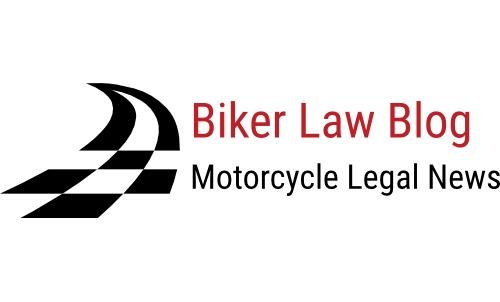



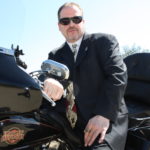 Welcome, my name is
Welcome, my name is 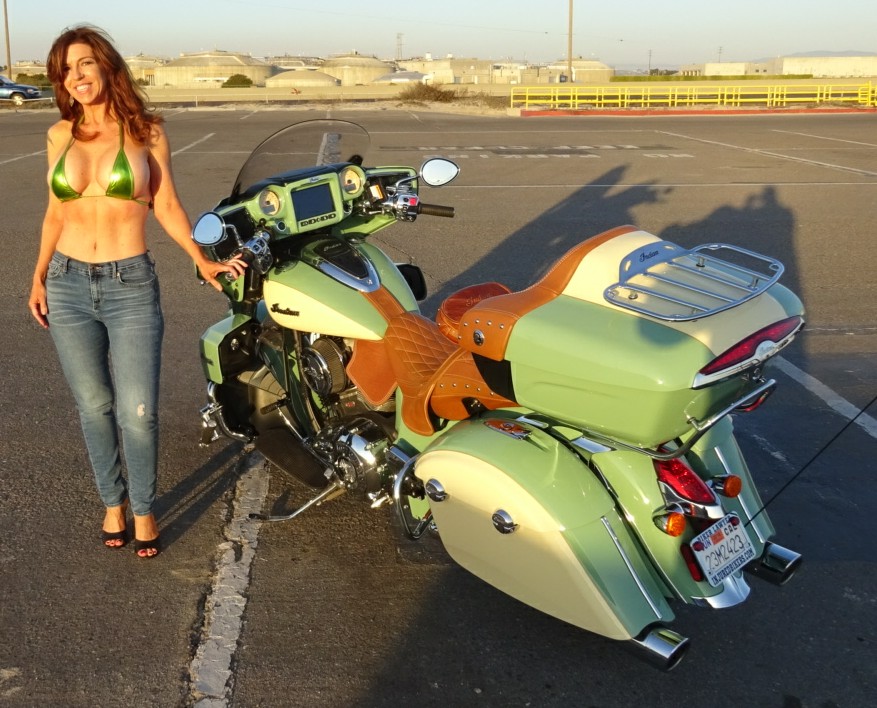
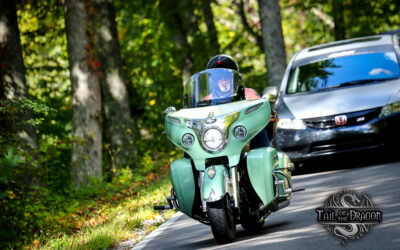
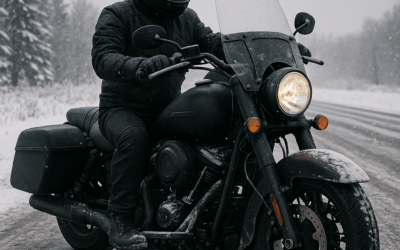





I am currently in financial trouble in a desperate search for a legal finance company to give me a lawsuit advance due to my injury from a recent accident. I came about this website http://www.best-deals-in-legal-finance.com which helps individuals search for the best advances to help with my current financial condition by going through many legal finance companies. It is free. Take a look at it.
Take heed to this good advice that you have obtained for free!!! I do this every time I take the Fatboy out for a local ride. I want to be safe and not broke down. The thought of the loyal Fatboy on a flatbed being towed makes me ill!!!
I have to confess that as a Brit now living in the US, it has always amazed me how many bikers don’t wear helmets. In the UK – in fact in most of Europe – a motorcycle helmet is mandatory. Anyway, I think that anything I can do to protect myself from the ignorance of car drivers is a Good Thing. That is why I have a headlight modulator on my ride, so at least they can see me coming!
In addition to always wearing a helmet, keep two hands on the controls at all times don’t jeopardize your safety with concerns about waving or saluting other riders. This is a dumb practice and is totally unnecessary. I will give a nod but never take my hands off my scooters controls for anyone. The cruiser style bikes allow for a relaxed position which encourages “the wave”. Riding a sport motorcycle involves more forward weight on the hands and this explains why many non-cruiser guys simply don’t wave. The guy in the picture approaching the waving guy is applying pressure to the left side to mange a steady line through that curve; why would he lift his hand? do cruiser guys actually push steer?
You are right on Norm about safety and wearing the proper gear while riding. After the run in I had a few years back with a cager at an intersection it made a believer out of me. I see bikers riding around in tank tops or no tops, shorts, flipflops and no helmets it makes me sick to think what they might look like in the event of an accident. This is a recipe for disaster. Thanks for your expertise and common sense thinking.
I not only agree motorcycle riders should wear helmets, I think car drivers and passengers should also. Imagine how many lives could be saved as the number one cause of death and injury in car wrecks is head injuries. Just the same as motorcycles. A few years ago, an attempt was made in a north east state to pass just such a law. It failed of course. No one wants to wear a helmet every where they go. Ha! We could save more lives if we all stay home in a padded room …
i am 58 years old and finally getting into riding. i took a rider safety course put on by b.m.w. in albuquerque newmexico.and they taught us to always wear safety gear. because i am new to the exprence i purchased a 865 c.c.triumph 2009 speed master. until i get experienced and ride time. i stay off the inter state.i also have 2 miles of dirt road sand wash board road.on the way home. question is how many miles does it take to gain confidence to to on free ways and dirt roads on this type of motorcycle?
Mel to be quite frank your comment smacks of SPAM but I will allow it because there may be some people who have a case and would like to get an advance on their case.
Norm
Sandie, the thought of any Harley on a flatbed makes me sick 🙂
Norm
Thanks for your comments Chris. When I started legally riding motorcycles back in the late 70’s, not wearing a helmet was the norm. We wore helmets for off roading but not on the streets.
Many of us did not start wearing helmets until it became legally mandatory!
I now recommend wearing a helmet for safety reasons based upon what I have learned. However, I must admit, I will take the helmet off from time to time in States where it is allowed. There is something about the freedom of riding with no helmet and the wind in your hair that is unreal!
Norm
Tony appreciate your comments.
That is me waving in the picture on Mulholland Highway riding away from the rock store.
The guy on the Sport Bike did waive back at me but it is not in the picture.
I cannot speak for all cruiser riders because everyone is different. I myself counter steer, sometimes I push, sometimes I pull.
Norm
Thanks for your comment Ron. I have done enough motorcycle accident cases to know that it is better to wear safety gear!
Norm
They say it takes 1000 miles to become confident on any new motorcycle, even for an experienced rider. It really depends on the individual.
Norm